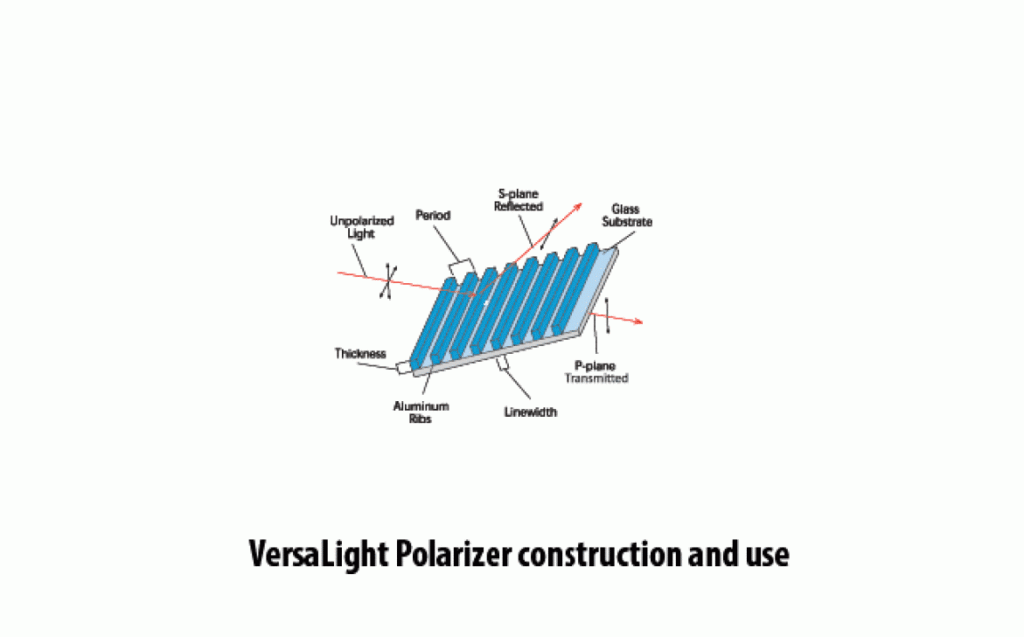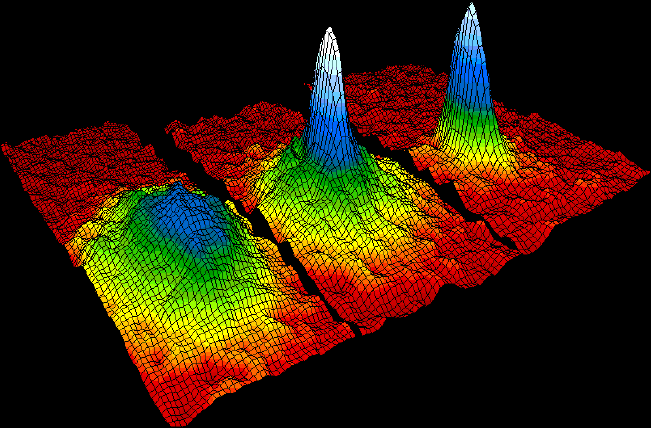Polarizer Principles
Meadowlark Optics DOWNLOAD PRINCIPLES Dichroic Polarizers Meadowlark Optics offers an extensive line of dichroic polarizers made from both polymer and treated glass materials. Dichroic refers to the selective polarization absorption of the anisotropic polarizing material (Diattenuation). These polarizers are usually constructed by laminating a thin, stretched and dyed polymer film between two polished and antireflection-coated […]
Polarizer Principles Read More »




